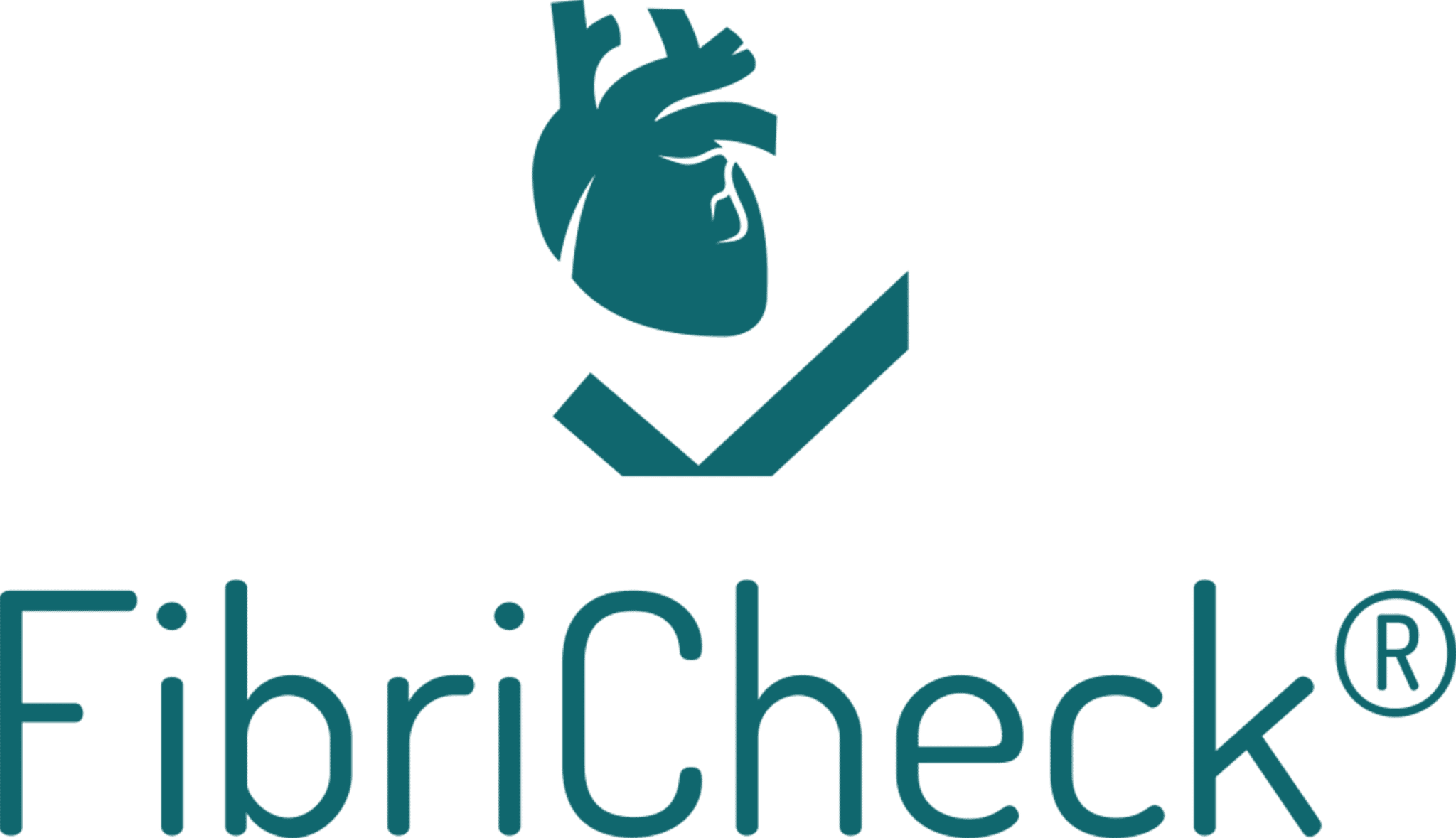Did our app detect abnormalities in your heart rhythm, indicating atrial fibrillation (AF)? Better make an appointment to see your cardiologist or GP to discuss these results. Because, even if it does not always affect you: atrial fibrillation will not go away by itself if left to its own devices. The contrary is true. The severity of the condition only increases over time. But there is no cause for panic. Often the potential medical treatment is as simple as ABC. Literally.
The risks involved in atrial fibrillation
If you get an AF diagnosis you are not alone. Atrial fibrillation (AF) is the most common heart rhythm disorder. From the age of 40 upwards, the risk of developing this heart rhythm disorder is 1 in 4. And the condition is not an innocent one. Even if you do not experience any symptoms, the irregular trembling or fibrillation of your heart may result in the formation of blood clots which may end up causing a stroke.
Thankfully, atrial fibrillation lends itself well to treatment if detected early on. The official medical guidelines prescribe an efficient and all-embracing ABC approach, in which A stands for ‘Avoid stroke’, B stands for ‘Better symptom management’ and C for ‘Cardiovascular and comorbidity risk reduction’ (controlling the risk factors). An overview.
Step A: avoiding stroke
The absolute number one priority in treating AF is to avoid a stroke. The key thing is to first reduce the formation of blood clots.
So there is a good chance you will be prescribed blood thinning medication. There are various risk factors that play a part in this decision, your age, gender, existing heart problems, high blood pressure, diabetes and medical history of strokes and/or blood clots.
Exactly which blood thinner you will be getting is decided by your doctor. There are various types of blood thinning medicines on the market. The first generation blood thinners were so-called vitamin K antagonists. When you are on this type of blood thinner, regular blood checks are advisable. For the latest generations of medicines – the non-vitamin K antagonist blood thinners – these blood tests are no longer required in all cases.
Please note. If you are on blood thinning medication, you need to be aware this increases the risk of bleeds. This is something you must bear in mind. Make sure you put all the relevant questions to your attending physician.
Step B: rhythm and frequency control
Atrial fibrillation or auricular fibrillation is an unpredictable condition. Sometimes the fibrillations occur just once every few months. Sometimes they occur on a daily basis, lasting from a few minutes to a number of hours. And while they often stop by themselves, in some cases they don’t. The most important thing to do then is to lend your heart a helping hand. You can do so by way of so-called rhythm control and frequency control.
Rhythm control

Sadly, the fact of the matter is that cardioversion is not always unequivocally successful. Young patients with a fairly recent atrial fibrillation and without any other heart problems are less at risk of a relapse. Nonetheless, fibrillations are often seen to re-emerge.
If you arrive at the conclusion, in joint consultation with your doctor, that cardioversion is not the right way forward for you, an ablation is one possible alternative. This is a surgical procedure whereby a catheter is inserted, usually in the groin, which applies minor scars on the heart tissue that conducts the disrupted rhythm patterns and in doing so interrupts the abnormal electrical conduction. No more conduction, no more fibrillations.
Frequency control
Yet another approach is frequency control. Here, the idea is to significantly slow down your heart rhythm that has gone haywire. Although your heart rhythm remains irregular, your heart is back to pumping more efficiently and the symptoms automatically disappear or diminish.
Your doctor may prescribe medication for these delaying tactics such as beta blockers, calcium antagonists or digitalis. Is the medication chosen doing what it is supposed to? Are you plagued by side effects? It is always a bit of a search for the best medicine. Sometimes even a combination of multiple medicines may be required.
Step C: tackling the underlying problems and risk factors
A lot of the time, heart rhythm disorders do not appear by themselves. Sometimes they are the result of one or several underlying problems. In addition, certain risk factors may aggravate the heart rhythm disorder.
Which makes it vital for an integrated approach to be adopted that looks at the wider picture. This integrated approach will include the treatment of:
- high blood pressure (hypertension)
- underlying heart problems
- diabetes
- excess weight
- sleep disorders such as sleep apnoea
- …
Your lifestyle too is put under the microscope. What do you eat and drink? Are you a smoker? How much exercise do you get? A few simple adjustments to your everyday routines make a world of difference.
Extra check: screening with the medical FibriCheck app
In conclusion, we would like to add a letter to this medical ABC approach: the D of daily checks. No matter how you cut it, keeping your finger on the pulse by screening your heart rhythm in complement to your treatment is well worth your while. How is your body responding to the medication or the surgery? Are the atrial fibrillations re-emerging anyway? Monitoring your heart rhythm on a daily basis sees you collect important, potentially life-saving medical data whilst allowing you to keep enjoying the things you love in life with peace of mind.
References
- Hartcentrum Hasselt. Voorkamerfibrillatie. Consulted on:
https://www.hartcentrumhasselt.be/patient/hartziekten/hartritmestoornissen/te-snel-hartritme–tachycardie/voorkamerfibrillatie - Lip GYH. The ABC pathway: an integrated approach to improve AF management. Nat Rev Cardiol, 2017, doi: 10.1038/nrcardio.2017.153.
Created on May 21st, 2021 at 06:51 am
Last updated on June 27th, 2024 at 09:07 am



